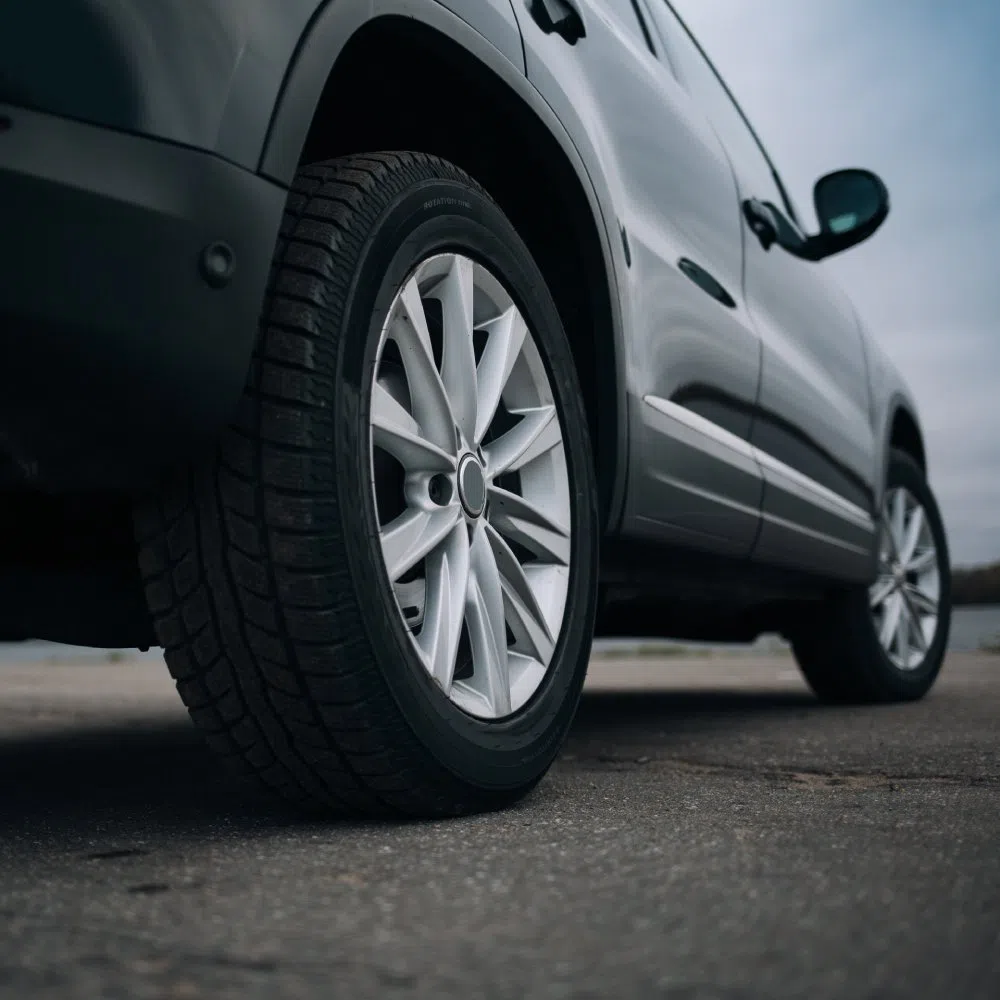Keeping your tires balanced is crucial not only for your comfort but also for your vehicle’s performance and safety. How to balance tires for a smoother ride might seem like a complicated process, but it’s much more straightforward than you think.
In this guide, we’ll walk you through the steps to balance your tires at home.
Why Does Tire Balancing Matter?
Your tires are the only point of contact between your car and the road. When they’re out of balance, you may notice uneven wear, vibrations, or reduced fuel efficiency. Over time, these issues can result in more costly repairs or replacements, not to mention a rough driving experience. Proper tire balancing ensures that your car drives smoothly, prolongs tire life, and enhances overall safety.
Signs Your Tires Are Unbalanced
Spotting unbalanced tires is easier than you think. One of the most common indicators is unusual vibrations, especially in the steering wheel, seats, or floorboards, while driving. You might also experience inconsistent handling, excessive road noise, or an uncomfortable ride.
Another telltale sign is uneven tire wear. If you observe one portion of your tire wearing down faster than the rest, it’s a clear signal that the weight distribution is off and the tires need attention. Addressing these signs early on can prevent major issues down the line.
Steps To Balance Your Tires
Balancing tires doesn’t necessarily require you to be an auto expert, but there are professional tools and equipment that make the job easier and more precise. Below are the key steps involved in balancing your tires for optimal performance.
1. Remove Your Tires
Start by taking the tires off your vehicle. This gives you access to assess the rims, weights, and tread condition closely. Make sure to inspect for any damage or excessive wear that might need attention.
2. Mount the Tires Onto a Balancing Machine
A tire balancing machine spins the tire and rim to identify where the weight distribution is uneven. The machine recommends where additional weights should be added to achieve balance.
3. Add Small Weights
Stick-on or clip-on weights are attached to the rim to even out the distribution. This step ensures that the wheel’s center of gravity is aligned, helping reduce those annoying vibrations you might feel on the road.
4. Double-Check and Fine-Tune
Once the weights are carefully added to the tire, the tire is spun again on the machine to confirm that the balance is accurate and effective thoroughly. This important step significantly minimizes the chances of needing to make repeat trips to the mechanic later on due to any potential issues that might arise. Ensuring perfect balance at this stage can save both time and money in the long run.
By ensuring well-balanced tires, you not only improve ride quality but also contribute to safer handling and better fuel efficiency. Balancing your tires isn’t just a technical task; it’s an essential investment in your vehicle’s longevity and your daily driving comfort.
Longer-Lasting, Smoother Journeys
Understanding how to balance tires for a smoother ride can make an enormous difference in the long-term health of your tires and vehicle. Staying proactive in maintaining your tires not only contributes to safety but also ensures a smoother ride. Follow these tips to keep your tires in optimal condition and enjoy a more comfortable and efficient drive.
Image Credit: UnPinky | File #: 230502681




Comments